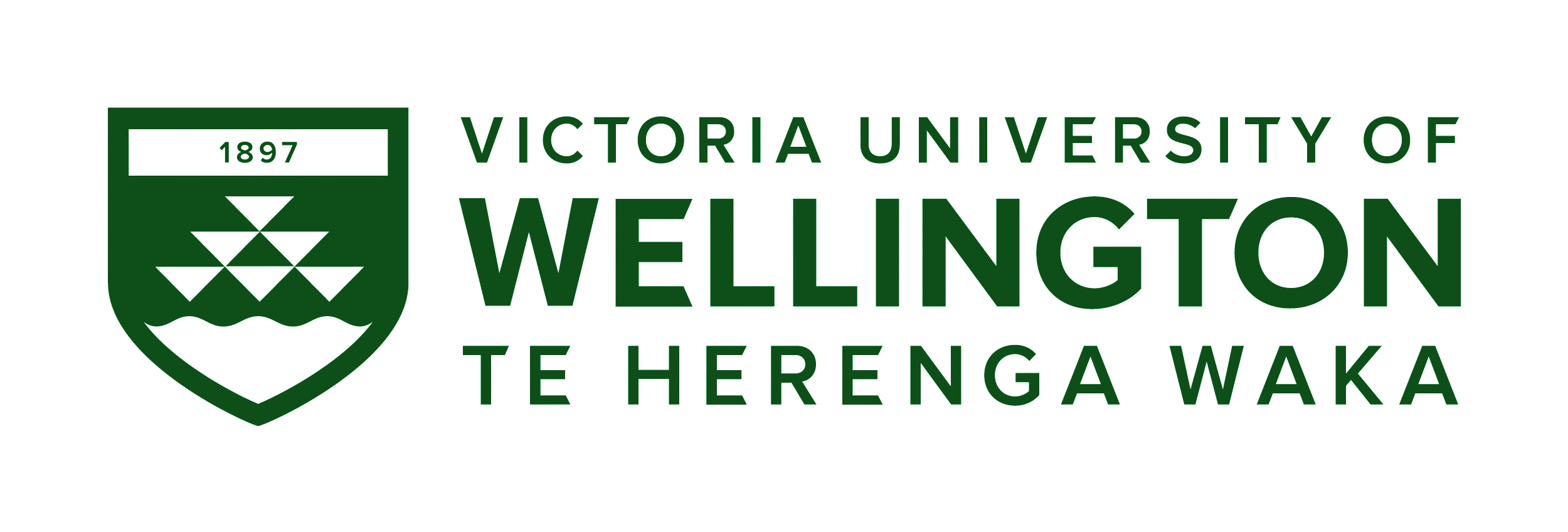Workplace Guidance for Earthquake Preparedness and Injury Prevention in Aotearoa-New Zealand: A Document Analysis
DOI:
https://doi.org/10.26686/nzjhsp.v2i1.9758Keywords:
Earthquake preparedness, workplace safety, Injury prevention, Hierarchy of Controls, Haddon MatrixAbstract
AbstractIntroduction: Strong earthquakes pose significant risks of fatal and non-fatal injury to populations in affected areas, including workers and workplace bystanders. Under New Zealand’s Health and Safety at Work Act 2015 (HSWA 2015), persons conducting a business or undertaking (PCBUs) must manage risks to health and safety so far as is reasonably practicable. To support PCBUs in meeting this obligation, guidance documents have been developed to outline the hazards arising from earthquakes and recommend strategies for controlling the injury risks. The extent to which these resources align with the HSWA 2015, however, remains unclear. This study aimed to analyse currently available workplace earthquake safety guidance documents in New Zealand to evaluate their content and assess their alignment with the HSWA 2015.
Methods: Seventeen guidance documents were identified through targeted searches of 25 organisational websites, Google.nz, and consultations with Occupational Health and Safety Associations. Thematic analysis was conducted to explore key themes within the documents. The findings were then analysed using the Hierarchy of Controls nd the Haddon Matrix framework to identify strengths, gaps, and opportunities for improvement in current guidance.
Findings: Six key guidance areas were identified: (1) hazard identification, (2) risk reduction actions, (3) contingency planning, (4) technology integration, (5) training, and (6) communication and coordination. Guidance on administrative controls (e.g., emergency plans) were included in all documents. In contrast, guidance on higher-order controls were less common, with engineering controls (e.g., structural retrofits) in 82% (n=14) and isolation measures (e.g., restricting access to earthquake prone buildings) in only 12% (n=2). Further analysis using the Haddon Matrix showed that pre-earthquake actions were covered in all documents, but post-earthquake actions were less comprehensively addressed (59%, n=10).
Conclusions: Future guidance could be improved by prioritising higher-order controls; providing detailed recommendations for post-earthquake response and recovery; and developing tailored resources for a wider range of work settings. Together, these improvements could help better align workplace earthquake safety practices with the requirements of the HSWA 2015.
Keywords: Earthquake preparedness, workplace safety, Injury prevention, Hierarchy of Controls, Haddon Matrix


